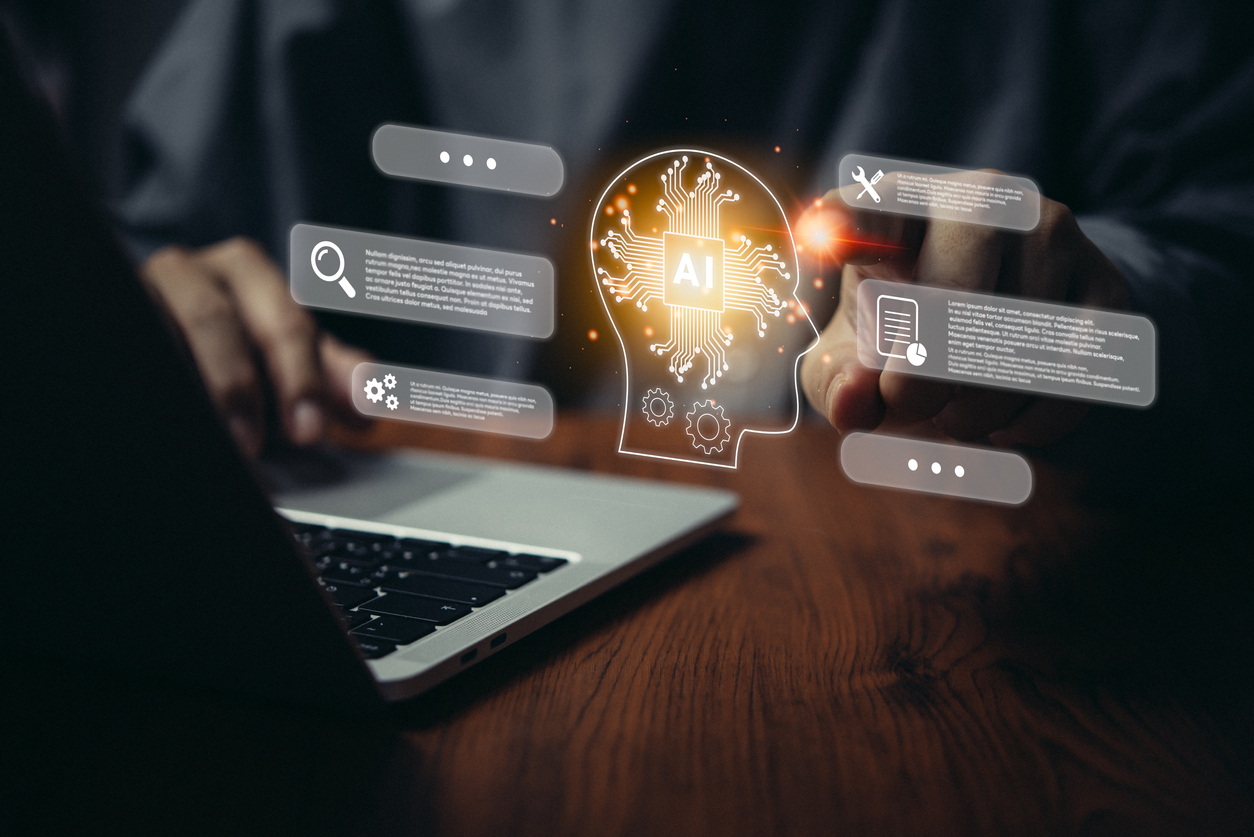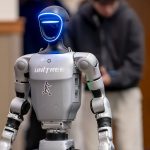The era of artificial intelligence is now well and truly upon us, and the world of business might well never be the same again.
Not only are machines now capable of putting together coherent paragraphs and images, but they can also help businesses make better, more informed, and data-conscious decisions.
Data-Driven Decision Making
Modern business now has access to an enormous amount of data, collected in various ways. With the help of the right machine learning, this data can be analysed, and insights gleaned that simply wouldn’t have been visible to purely human analysts. For example, the right algorithm might spot indicators that have historically presaged a shift in the price of a given commodity.
The kind of business that thrives in this new environment is likely to embrace data. This cultural shift might be promoted by those at the top. A CEO that explains and embodies a data-driven mindset might succeed in fostering an organisation that understands and effectively leverages the available data.
To minimise security risks, these organisational changes might be enacted with the help of an impartial outside consultant. That way, the data itself stands the best possible chance of being protected.
Cultivating a Culture of Innovation
Of course, artificial intelligence is about more than machine learning, or even crunching large numbers. It will almost certainly make new ways of doing business possible, in much the same way as previous technological leaps. Consider household names like Uber, Amazon, and Twitter: the services provided by these companies would have been inexplicable to those living before the Internet Age.
To give your business the best possible chance of spotting new opportunities, and adapting to a rapidly changing economic landscape, you’ll need to cultivate a culture that encourages innovation. That means giving employees the freedom to volunteer their insights. They should feel free to try new approaches, with the certainty that, while most of their ideas might fail, the ones that do succeed will make the struggle worth it.
Collaborating with A.I. Systems
It’s almost certainly a mistake to think of A.I. as a replacement for human labour. Even impressive Large Language Models like GPT-3 do their work by simply ‘guessing’ which word comes next: they have no actual understanding of the subjects they’re writing about. Consequently, they remain prone to hallucinations.
These systems, much like pocket calculators, can do one thing very well – but for high-quality output, they require the guidance and supervision of human beings with actual expertise. It’s therefore easy to see how the business of the future might succeed in bringing together human and machine intelligence to produce a result that exceeds what either of them could do in isolation.
An email might be composed in three minutes rather than ten, and drudgerous office tasks, like titling documents or updating spreadsheets, might be given over to A.I. systems – with humans acting as quality control. These seemingly minor productivity gains might lend a business a substantial competitive advantage while allowing human employees to lead far more fulfilling professional lives.











